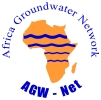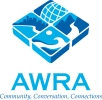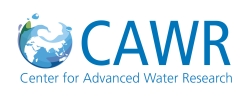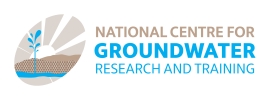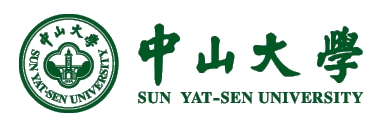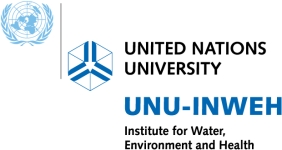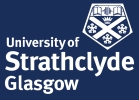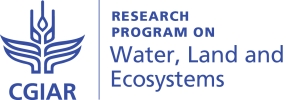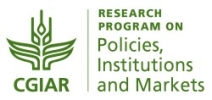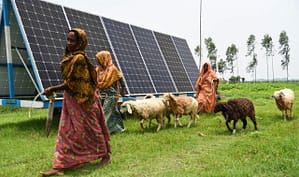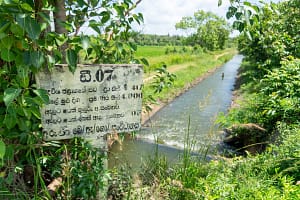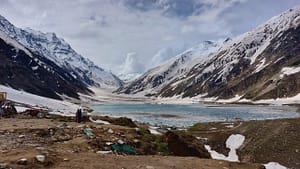
Delegates attending the Shire ConWat close-out workshop
(photo: Thokozani Dlamini, SADC-GMI).
The Shire Aquifer and River Basin system, shared between Malawi and Mozambique in Southern Africa, is a unique system in that the river basin and the underlying aquifer largely coincide. It is also a basin with many water issues, especially floods and droughts, and the growth of water hyacinth. Groundwater is key to water security for dispersed rural communities. The two countries have become very aware of their mutual interdependence in the aftermath of recent floods.
Given this background, and responding to demand from the two countries, a 10-month intense project on Conjunctive Water Resources Management in the Shire River – Aquifer System project’ (Shire ConWat) was conceived and implemented by the Southern African Development Community – Groundwater Management Institute (SADC-GMI) (client) and the International Water Management Institute (IWMI) (consultant). The aim of the project was to kick-start a process to better understand the integrated hydrogeological system, the issues related to socioeconomic development in the region, and to identify approaches to conjunctive water management that could improve overall water security and climate change adaptation. The long-term vision of the project is ‘Enhanced cooperation in the development, management and utilization of both surface water and groundwater in the Shire River Basin, conducted in a sustainable and integrated manner for improved livelihoods and socioeconomic prosperity’.
Two key elements of the project were the transboundary diagnostic (TDA) to address the issue of system and resource assessment, and the strategic action plan (SAP) to develop the above synthesized vision and prioritize joint actions to achieve it.
The project culminated in the official close-out workshop on June 26, 2019, at the Southern Sun Hotel in Johannesburg, which was attended by over 30 people from the two countries and the implementing team, as well as several other representatives from SADC member states who were invited to enhance the learning and sharing aspects of the project.
The dedication of the two countries toward data collation and interpretation, and the visioning process contributed immensely to the success of the project, in spite of language differences. Unanimous support for taking the work forward and responding to the SAP was expressed, especially in terms of setting up a joint Shire River Basin Committee, which will chart the way forward for joint actions in the basin/system. The need for improved data sharing also emerged with the two countries agreeing to draft a Memorandum of Understanding for data sharing, which will facilitate decision making in the Shire System and shape the future of conjunctive water management in the region. Despite the difference in language, it is commendable that the two countries have forged a good transboundary collaboration.
Click this link to access draft versions of the TDA and SAP documents.
To sign up for GRIPP news and updates, click here.







